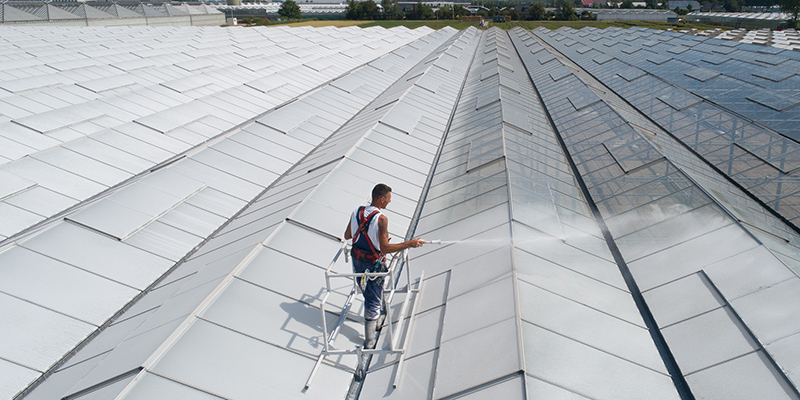What Will Happen Next With the Horticulture Supply Chain?

Photo: Lucas Greenhouses
If I can sum up our horticulture supply chain situation in just a few words, it’s this: We know what got us here, and our supply issues won’t last forever, but it’s not clear what unintended consequences might be in store when our supply chain bottlenecks are resolved.
While many factors are in play, the genesis of the supply chain woes dates to the early days of the COVID-19 pandemic in March 2020, when the economy was largely shut down in an attempt to limit the spread of the coronavirus. The result was predictable. The economy fell by nearly a third as we went into a quick and severe recession. Fearful of being stuck with inventory, many businesses cut production in hopes of being able to ride out what was expected to be a lengthy downturn.
Then the unexpected happened: One of the steepest, quickest downturns in U.S. history was followed by a snapback nearly as sharp, even as COVID-19 remained unchecked.
As we are experiencing, the result is labor shortages, product delays and soaring transportation prices all pushing up costs and constraining output. At the same time, retailers are ordering ahead and ordering extra hoping to avoid shortages, creating the perfect supply chain storm.
Nearly every manufacturer would like to increase production, but lack of materials and labor keep production in check. Through August, the U.S. economy had 5.3 million fewer jobs than it did before the pandemic began even though the U.S. economy has fully recovered from the pandemic.
The list of reasons is long and varied: some blame the shortage of workers on generous unemployment benefits and stimulus programs that put more money into the hands of consumers. Others suggest it’s more complicated, pointing to COVID-19 concerns, childcare issues, rising retirements, burned out workers, low pay, odd hours, and a lack of basic benefits like paid time off. Regardless of the reasons, labor is short everywhere.
St. Louis Federal Reserve Bank reports that 25 million workers lost their jobs in April 2020 during the early days of the pandemic. By June 2021,15.6 million of them were back at work, 1.7 million were unemployed, and 7.7 million were out of the labor force. While 3.6 million of those workers are expected to return to the labor force by next June, millions likely will not. The number of job openings hit a record 10.9 million in the U.S. as of the end of July, illustrating the scope of the problem.
Strength of the Market
The supply chain disruptions troubling manufacturers and retailers – including our industry – will likely work themselves out as we move into the next spring season.
I believe we’re experience the “toilet paper shortage” on a grand scale. We are currently in the worst part of the supply chain bottleneck, but our strong market system will adjust appropriately and relatively quickly. It may take six months or so to fully resolve, but supply chain issues across our economy – and industry – won’t be a big issue by the middle of next year. Production will start to catch up, transportation issues resolved, and even labor will return to most markets in enough volume to alleviate our supply chain constraints.
Unintended Consequences
While some of the inflation we’re experiencing will be transitory, higher labor, energy, and transportation costs will likely be the unintended consequence of the recovery. The concern is that shortages today lead to higher costs. Those higher costs must lead to higher prices to keep the industry healthy. And since much of our industry output is a consumer discretionary good, we run the risk that our products become relatively unaffordable for consumers resulting in decreased demand. At AmericanHort, we will work with each our industry segments to keep an eye on consumer spending and market trends through next summer to make sure we can balance supply, demand, and our industry cost structure.









